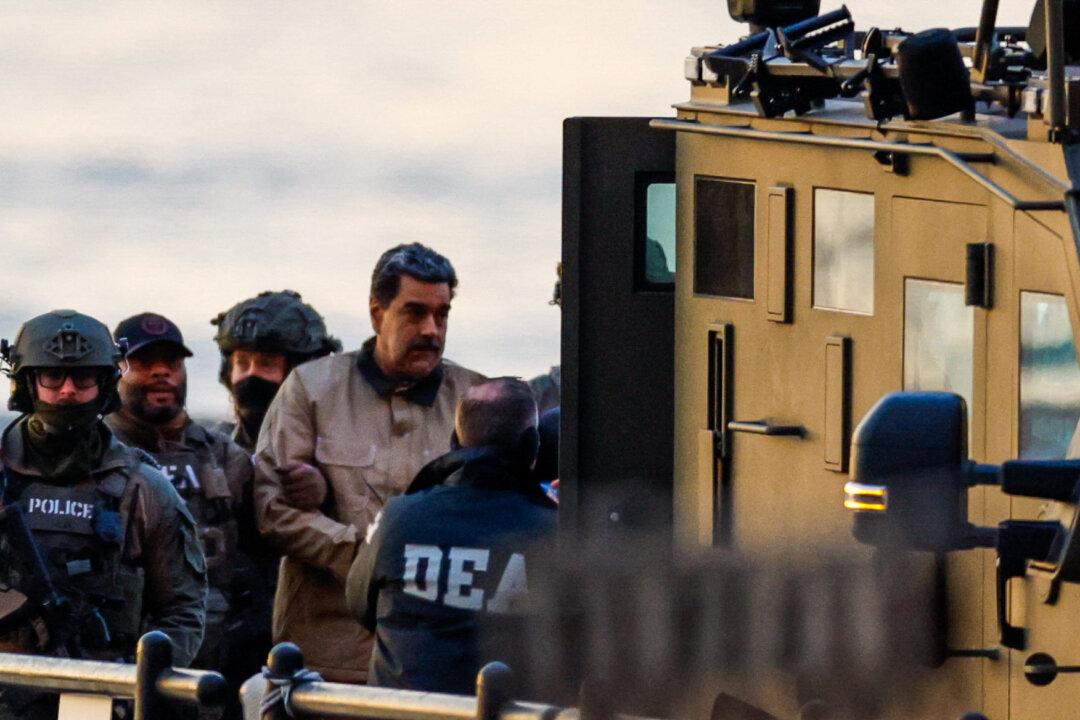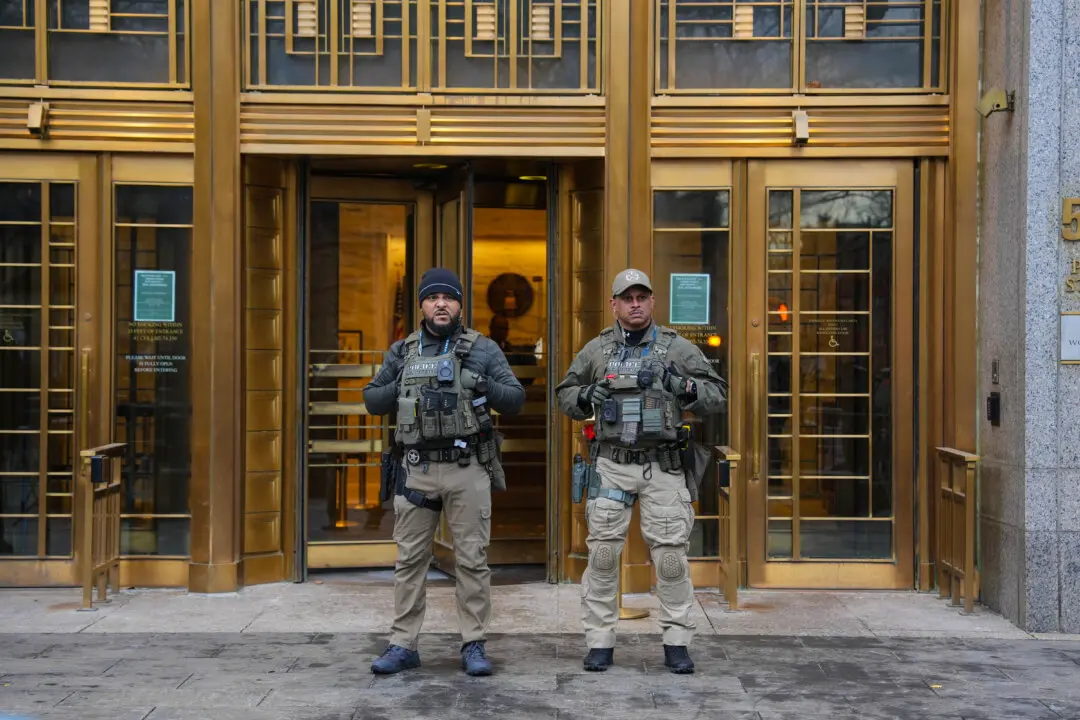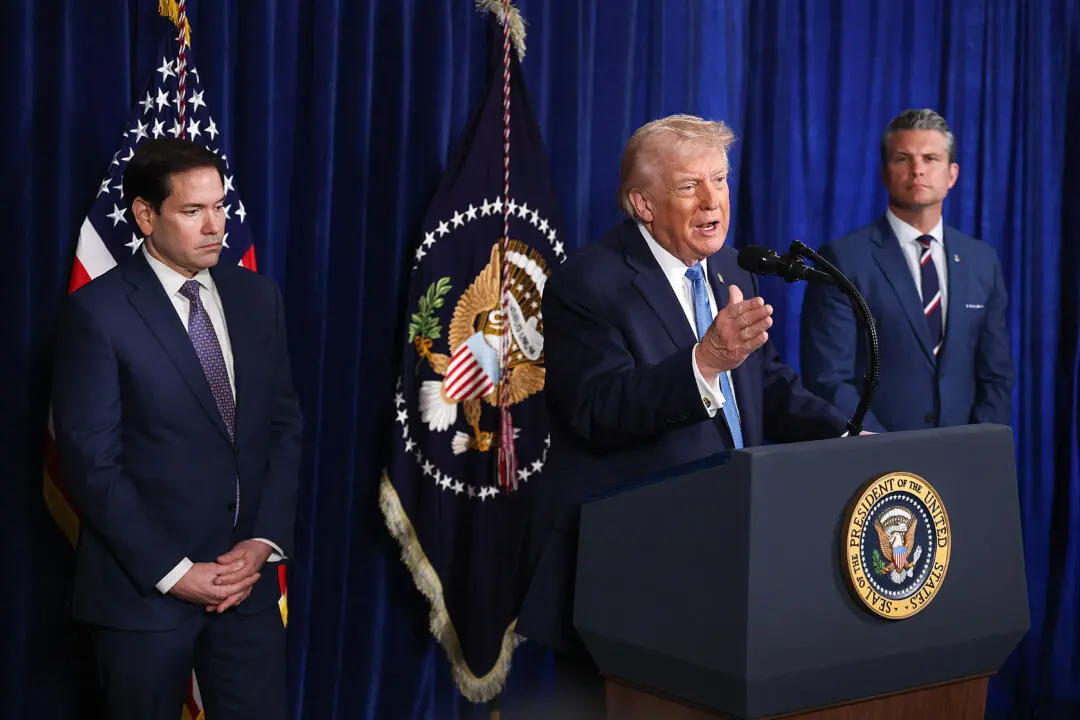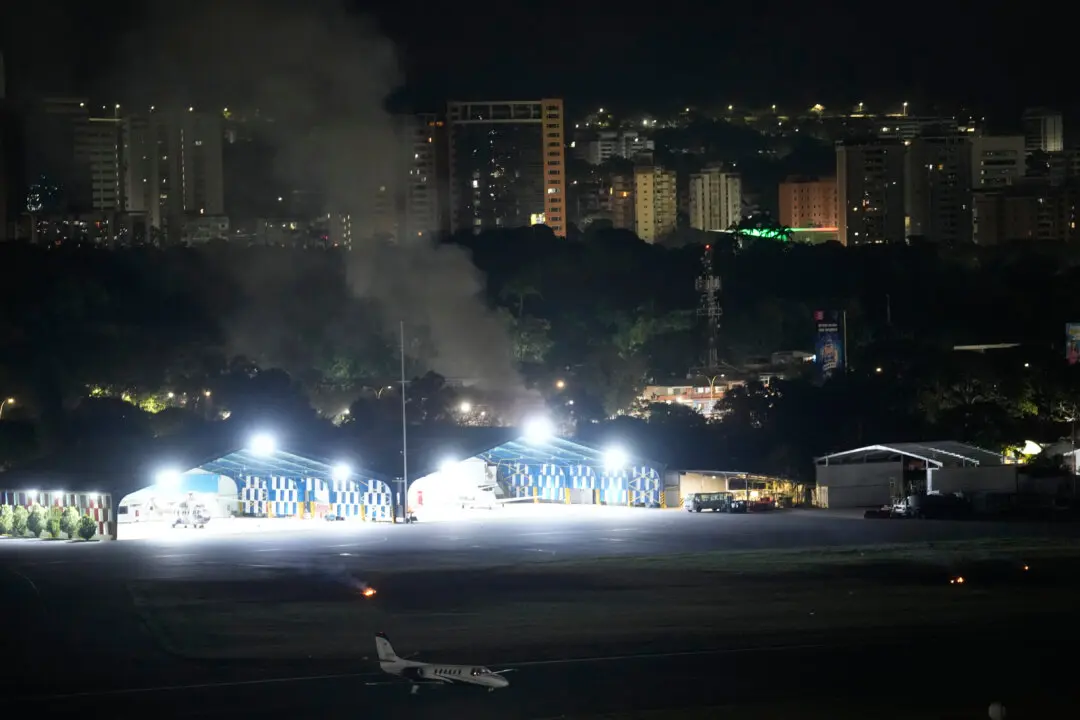The Supreme Court sought on Oct. 10 to clarify how courts and juries should evaluate allegations that an employer retaliated or discriminated against employees due to their decision to blow the whistle on improper conduct.
Trevor Murray, a former UBS securities strategist, won his lawsuit alleging that the financial services firm had terminated him in response to his complaints about fraud. The U.S. Court of Appeals for the Second Circuit later vacated that judgment, arguing that the lower court should have instructed the jury that Murray and other plaintiffs needed to show their employers acted with retaliatory intent.





